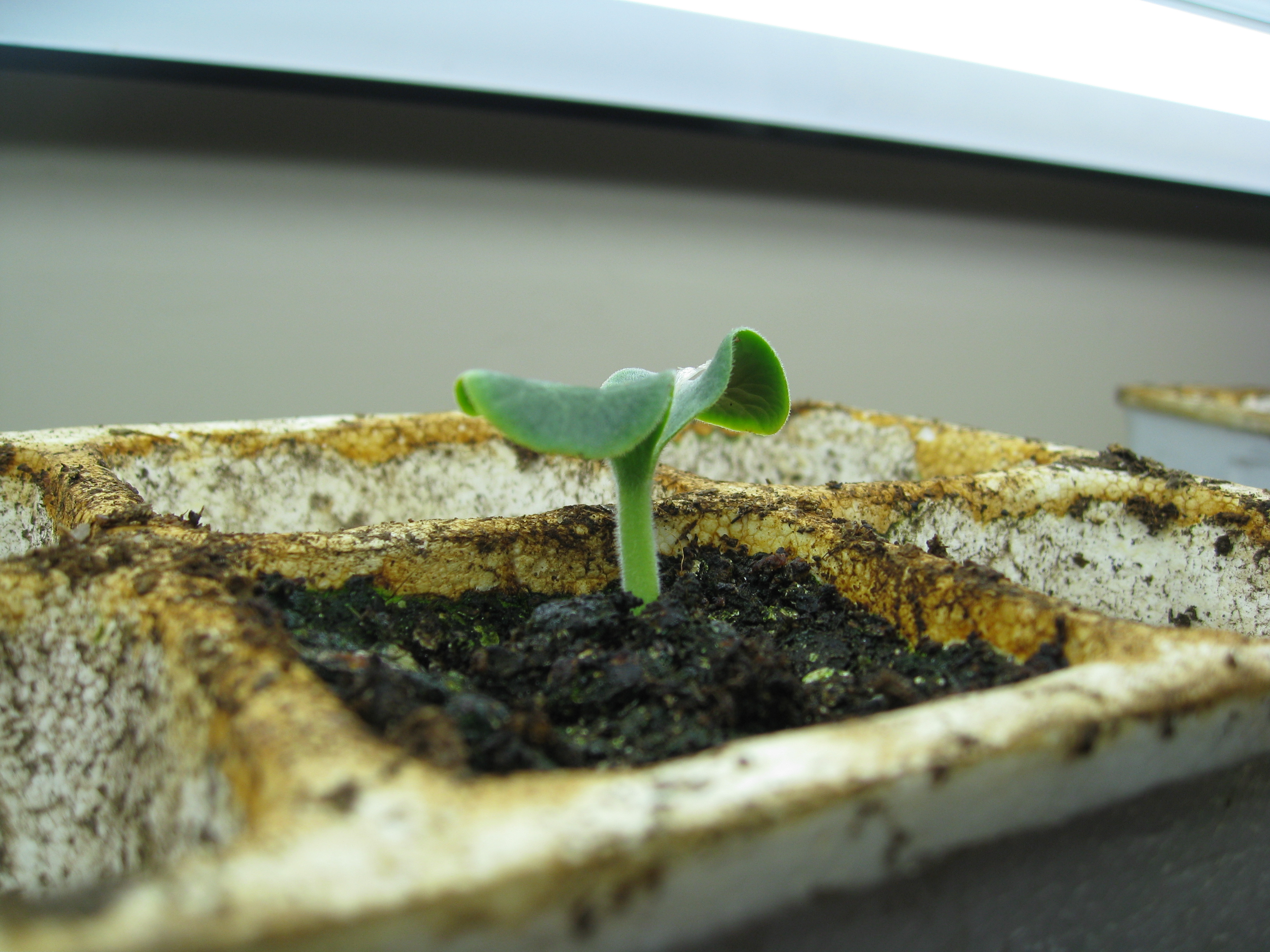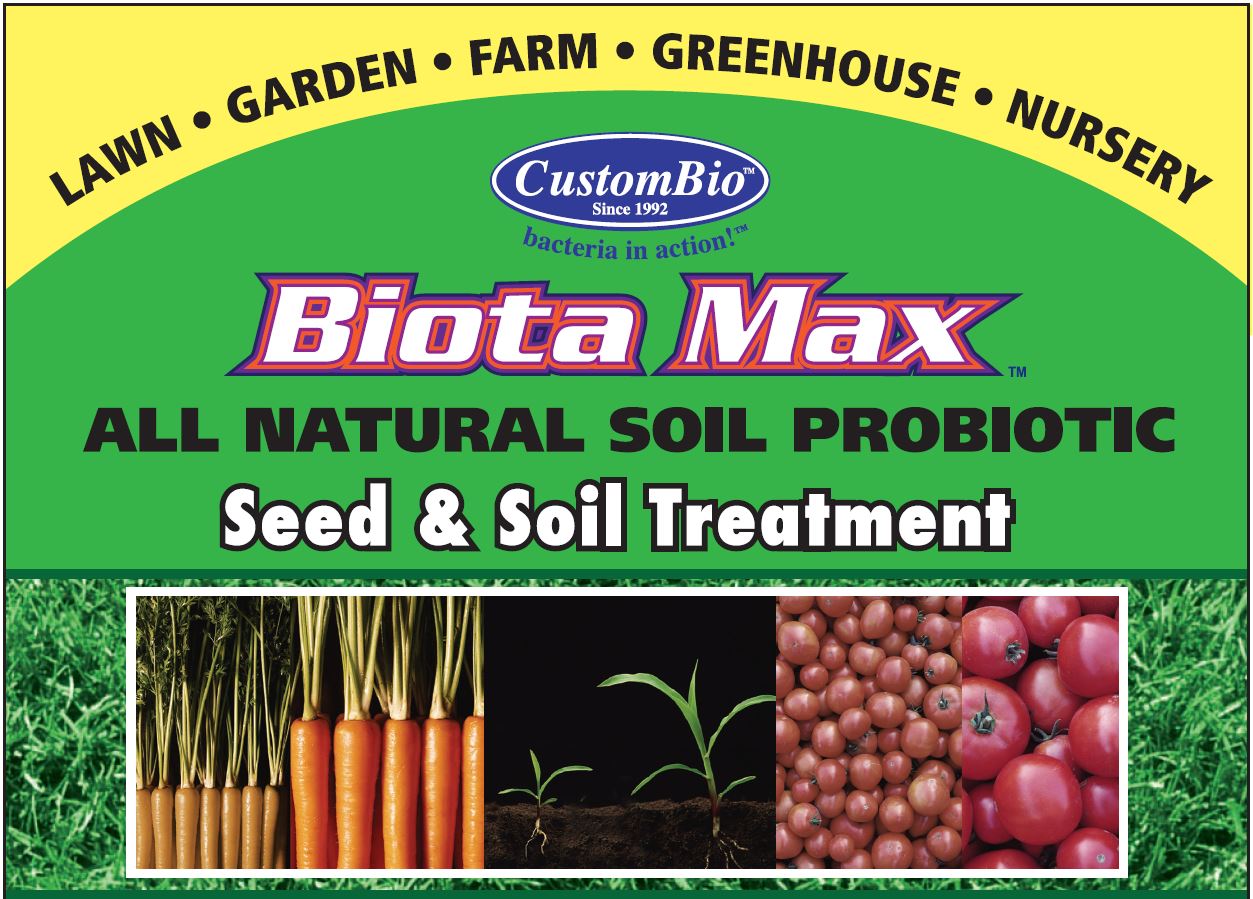![]()
In this issue:
- May in the Garden
- The Beauty of Blackberries
- Gardenerd Tip of the Month: Getting Rid of Fungus Gnats
- Gardenerd Product of the Month: New Custom Biologicals
1. May in the Garden
May is glorious. Spring rains make the garden jump, everything is green, and new life infuses gardeners with hope. It’s planting time, and harvest time already for some as we inch ever closer toward summer. The light in the sky is harsh but beautiful. May lavishes its riches upon us.
In our test garden, we’re picking blackberries like crazy and we have the scars to prove it. See below for our guide to growing and harvesting blackberries. Our tomatoes are setting fruit – time to fertilize! It’s also time to apply compost tea and beneficial bacteria to combat blight and other fungal infestations before they appear. The basil and lettuces we seeded a couple weeks ago have sprouted, and our bush beans are coming up all over. The sweet corn is 2-feet tall now, so it’s time to plant squash around the base of that bed. Soon those squash vines will create a living mulch to keep roots cool through summer. Rats eat a little bit of our Turkish Red wheat every night, despite the traps we’ve put out. We’ll harvest early to curtail the damage.
In this newsletter, we’re featuring our new line of biological products. We’ll share how to beat fungus gnats and give you the lowdown on blackberries. Also, a little teaser: we’re almost ready to launch our brand new Gardenerd Tip of the Week eBook. If you missed any of the Tips of the Week from the last 10 years, we’ve got you covered. Stay tuned!
Happy Gardening,
Christy
2. The Beauty of Blackberries

Blackberry season is fleeting, and when blackberries are ripe they wait for no one. They’re like bush beans, in a way. You have to pick every day or so to keep up with the harvest and then in a month or so, it’s all over. So we do our best to enjoy the harvest in the moment, and to preserve some for later on. Here are our tips for growing, harvesting and preserving these delicious fruits.
Growing Blackberries – Blackberries can grow from cuttings, so if your friend has delicious blackberries running (and I do mean running…underground…everywhere) all over the yard, dig up a shoot and plant it. We planted ours in a pot. The shoot died back after quickly rooting, and within a year we had runners popping up from the ground surrounding the pot. You can buy plants at the nursery or order bare root stock from seed catalogs in fall for winter planting. Blackberries don’t require rich soil and they handle partial shade very well. They don’t seem to mind alkaline soil either. We’re at 7.0 here at Gardenerd HQ and nothing stops these guys.
Keeping Roots at Bay – they’re runners, as mentioned above. They will take over your yard if you let them. Install root barriers when you plant them. This is not a joke or even a gentle request. Do it! We didn’t and now every few days we have to dig out runners that have crept under several raised beds. Just do it.
Protecting Your Crop – This recent blog post helps you keep the harvest for yourself.
Harvesting – when ripe, blackberries come right off in your hand. If they resist at all, leave them there. They aren’t ripe. The berry itself should give under pressure. If it’s firm to the touch, it’s not ripe. People wonder why their berries aren’t sweet. Wait an extra day and pick when soft. They’ll be as sweet as can be. Here’s a blog post with visual aids.
Using the Harvest – There are so many options, most of which are sweet. Try blackberry sorbet, caramel blackberry goat milk ice cream, or blackberry ice cream for starters. Or just freeze them for later. Wash and pat dry the blackberries, place them on a cookie sheet in a single layer. Freeze them for a few hours, then pour them into a container or plastic bag in 1-cup amounts for use in oatmeal, smoothies, or muffins later on.
Pruning Blackberries – at the end of the season, this year’s fruiting canes will turn brown and die back. Read this blog post to identify which canes to prune to soil level.
Blackberries require some space, and they will encroach upon your life forever. If you can afford to give them the room, it’s worth every delicious berry.
3. Gardenerd Tip of the Month – Getting Rid of Fungus Gnats

Fungus Gnats – Ask Gardenerd is buzzing this week. Jessica wrote in about fungus gnats in her soil. “How do I get rid of these?” she asks.
Fungus gnats are really only a problem in green house situations and on houseplants. They generally consume organic matter, making them an active part of the Soil Food Web, but if they run out of organic matter to eat, they’ll start eating your plant’s roots. Indoor and greenhouse gardeners can suffer greatly from fungus gnat damage, but if you’re starting seeds indoors, then planting them out into the garden, don’t worry about fungus gnats. They’ll have plenty or organic matter to eat outside.
Fungus gnat eggs incubate in the soil. They survive in moist conditions. So…let your soil dry out to interrupt the life cycle. Dry conditions lead to egg desiccation, then boom! No more fungus gnats. If that doesn’t work, you can move to other methods mentioned here.
4. Gardenerd Product of the Month – Now Available! Custom Biologicals

Gardenerd is excited to announce a new set of products in the Gardenerd Store. Custom Biologicals is a line of biological soil amendments that help increase the beneficial fungi and bacteria in your soil. BiotaMax, Custom B5, and Custom GP contain microbes that increase nutrient availability in soils, boosts moisture retention, and can help prevent diseases like blight and powdery mildew by balancing the Soil Food Web in your garden.
Custom Biologicals is perfect for those who don’t have time or room to brew fresh compost tea. It’s great for depleted or damaged soils that need some TLC.
Gardenerds are already jumping at the chance to try these new products. Order now!
-
Stay tuned for more tips and tidbits from Gardenerd.com. Happy Spring Gardening!

Search our archives here.
